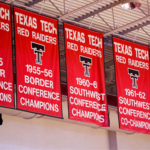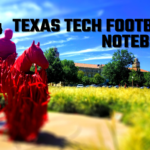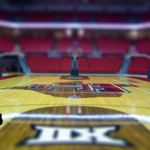Once I started to project the offense, I started to get a better handle on what the offense would look like. You can find my work on the offense in general, a closer look at the expected receiver production, and a closer look at the expected running back production. If you are asking why there isn’t a post on the quarterback and I pretty well tackled that question in the first link above.
After working through this, I began a bit more curious about where the production occurs from a passing standpoint and the percentage of passes the receivers caught in comparison to the tight ends and running backs.
Utah State 2017
The 2017 Utah State offense, which in my opinion was the worst of the Yost offenses, but was maybe the most balanced from a yardage and touchdown perspective. The receptions were a heavy lean to the wide receivers, but the tight ends and running backs received a decent dose of caches and yards. This will be a trend, but the receivers caught 75% of the touchdown passes, which is actually a low-mark when we look at the next two years.
Utah State 2018
The 2018 Utah State offense was the best of the bunch. I don’t know if this is by design, but the passes were spread a bit more evenly, the receivers catching 60%, tight ends 22%, and the running backs catching 17% (I know this isn’t 100%, but there were some oddball receptions there). In terms of actual yards, the receiver group pretty well dominated, gaining 70% of the yards.
And in touchdowns, the tight ends and running backs each only had 1 touchdown, which means that the receivers gained nearly 90% of the touchdown production.
The criticism for me would be that from a production standpoint, I like where the offense went, but from a touchdown perspective, I think you need more than just wide receivers as potential threats.
Texas Tech 2019
The 2019 version of Yost’s offense became even more skewed in a way. Installing an offense that relies on a tight end with only 2 tight ends on the roster probably isn’t ideal and the running backs picked up the slack. The problem with the running backs is that given their share of receptions, they weren’t really that productive. Not really at all. So if we’re going to find some fault in the offense, which I know there were plenty, it would be that the if the running backs catch the ball, the play-design might need some work.
Not only that, but the running backs and tight ends didn’t get one single touchdown, which means that defenses can solely focus on the receivers in the red zone, which is one of the problems we’ve already addressed.













